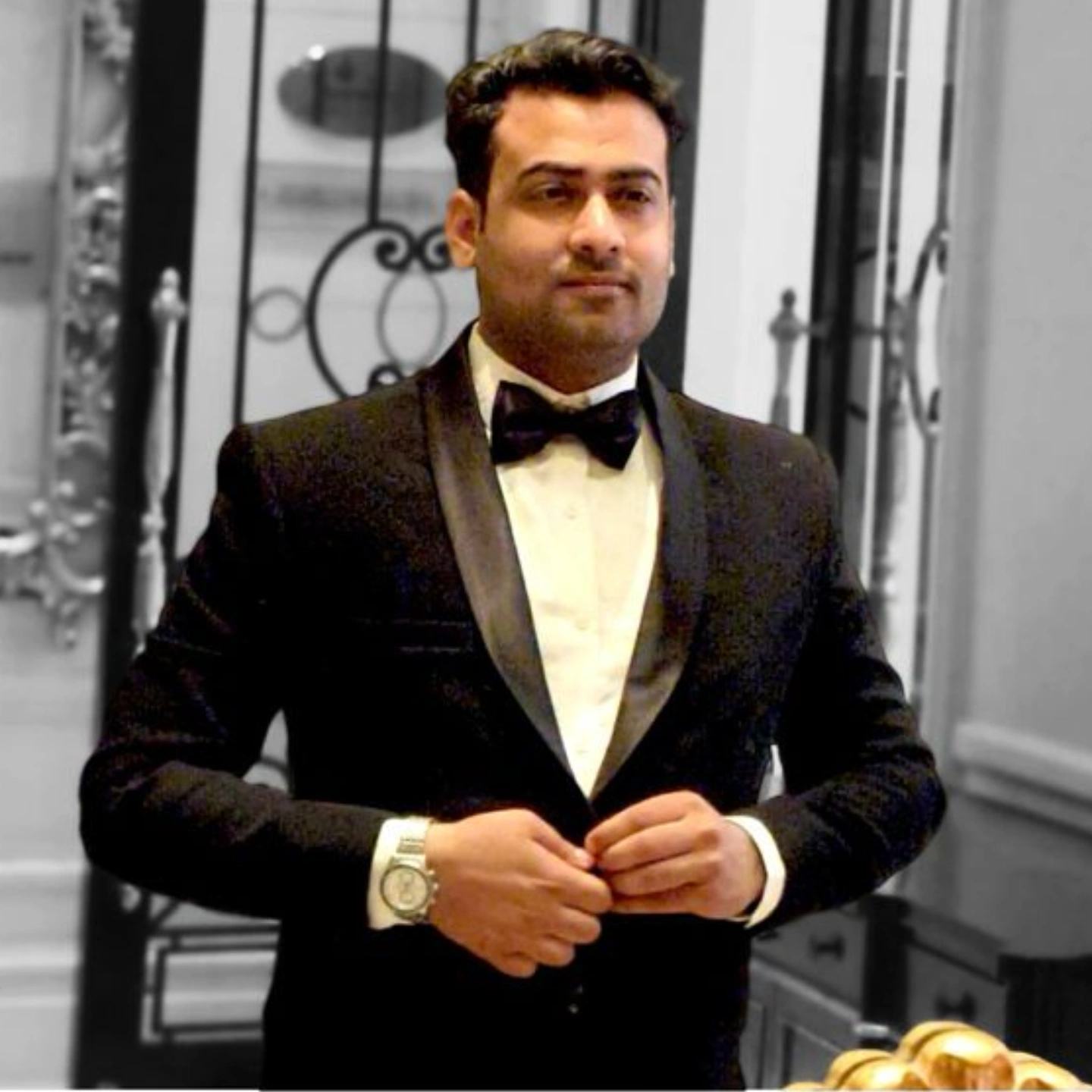From ₹2L to ₹20L/Month: How a D2C Food Brand Scaled 10X in 6 Months
- Kevin Kapoor
- Oct 3
- 2 min read

A homegrown D2C food brand was doing steady sales through Instagram and word-of-mouth. On paper, things looked fine — ₹2L/month in sales, happy customers, and a “good enough” flow of repeat buyers.
But beneath the surface, growth had stalled. Ads weren’t delivering, organic traffic was inconsistent, and the founder was stuck in a loop of “posting more content” without seeing real results.
The challenge? No predictable marketing system.
The Challenge
Over-reliance on organic sales through Instagram.
Paid ads bleeding money with a ROAS < 2x.
No email or WhatsApp funnel to retain existing customers.
Zero clarity on CAC (customer acquisition cost).
The brand was basically running on hope.
The Strategy
We broke down the growth journey into three phases:
1. Fix the Funnel First
Built a conversion-focused landing page with clear storytelling.
Introduced a lead magnet offer (first-time buyers got recipe ebooks + discount).
Optimized product listings for trust signals (UGC, reviews, certifications).
2. Build Retention Before Scaling
Designed a WhatsApp + Email sequence to re-engage buyers.
Sent drip campaigns around recipes, product benefits, and lifestyle use-cases.
Added an upsell funnel: repeat purchase offers at day 10, 25, and 40 post-purchase.
3. Scale Paid Acquisition
Narrowed targeting to health-conscious Tier 1 city audiences.
Shifted ads from “discount” messaging → brand storytelling.
Tested creative angles: family health, fitness, convenience.
The Results
Within 6 months:
Monthly revenue jumped from ₹2L → ₹20L.
Repeat purchase rate improved by 35%.
ROAS scaled from 1.5x → 6x on Meta Ads.
CAC dropped by 40%.
The best part? The founder now had predictable growth systems in place — every ad rupee invested created compounding returns through funnels and retention.
Key Takeaways for Other D2C Founders
Don’t scale ads until your funnel is watertight.
Retention (email/WhatsApp) is the cheapest form of growth.
Storytelling wins in categories where products look “the same.”
Build for predictability, not just spikes.
Final Thought:This brand didn’t succeed because of luck — it succeeded because systems replaced guesswork.



